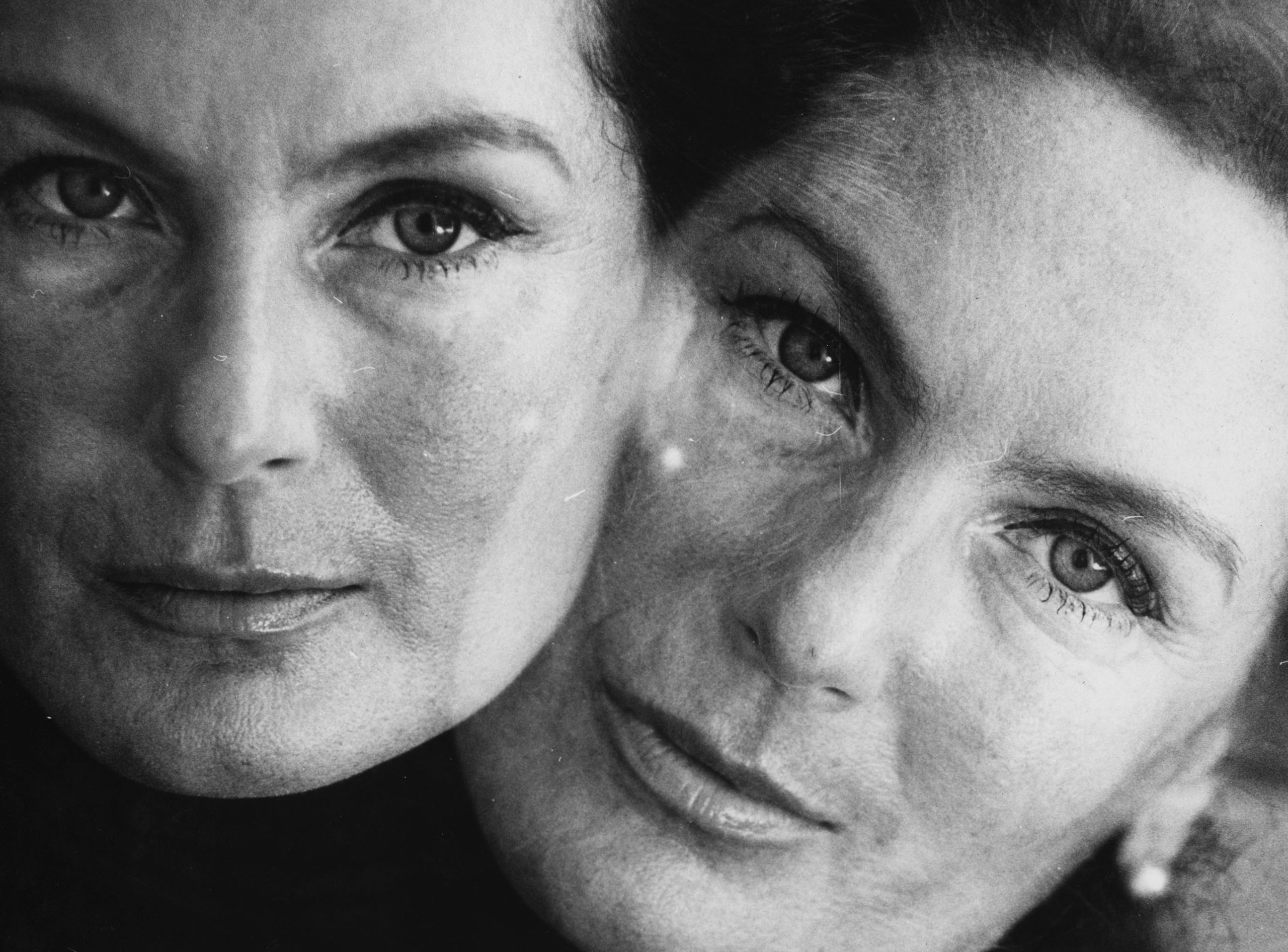Marie Louise Alemann (1927-2015) was born in Germany and traveled to Argentina in the late 1940s. From 1967 to 1985, she shot at least 35 short films. Within her filmography, the themes of secrecy and the representation of the body stand out. In several of her short films Alemann presents herself and other performers in preconceived or improvised settings, in urban and rural spaces, with costumes and elements that can be strange, threatening or humorous, placed within visual compositions that range from decorative to the minimalist. Alemann was interested in how the camera can capture and transform something of the identity of the person she is filming. Typically, when she focused on masks, faces, and moving bodies, she addressed questions of identity and role-playing, seeking to generate psychological tensions through ambiguity. Alemann arrived in Buenos Aires after the Second World War. She had grown up in Germany and as a young woman lived in Czechoslovakia, working for a circus and as a model until the communists took over. Over time, she went on to work as a journalist, film critic, newspaper columnist, commercial photographer and, later, an actress. Her first foray into her artistic practice was in the area of photography, which she studied in New York in the early 1960s. She was also part of a trio, along with Narcisa Hirsch and Walther Mejía, who held events (similar to happenings) in different types of public spaces in downtown Buenos Aires. In 1967 she made Yo veo conejos, a 16mm short film that launched her career as a filmmaker. In the 1970s she was part of a network of filmmakers who consciously and explicitly associated themselves with experimental cinema, a set of ideas, aesthetic tendencies, and practices that they considered more artistically liberated than other forms of filmmaking. Together with Narcisa Hirsch, Alemann attempted to provide a stable and institutional site for experimental cinema in Buenos Aires at the Goethe Institute on Corrientes Street. In the later years of her film work, Alemann became increasingly interested in the Japanese theatrical dance form called Butoh, and she created several Butoh works during the heyday of the Cement club. Furthermore, throughout her extensive film-making period, Alemann kept an archive of not only her own works and performances, but also the activities of her friends and colleagues. This archive offers an invaluable record of film and performance in Buenos Aires from the 1960s to the 1980s.


 Alemann Marie Louise
Alemann Marie Louise